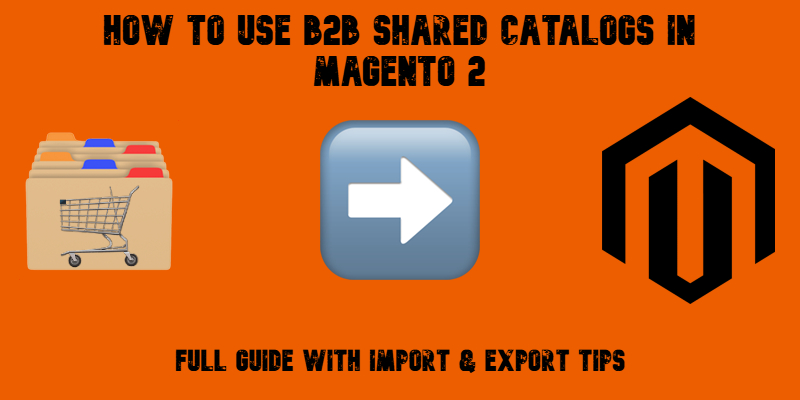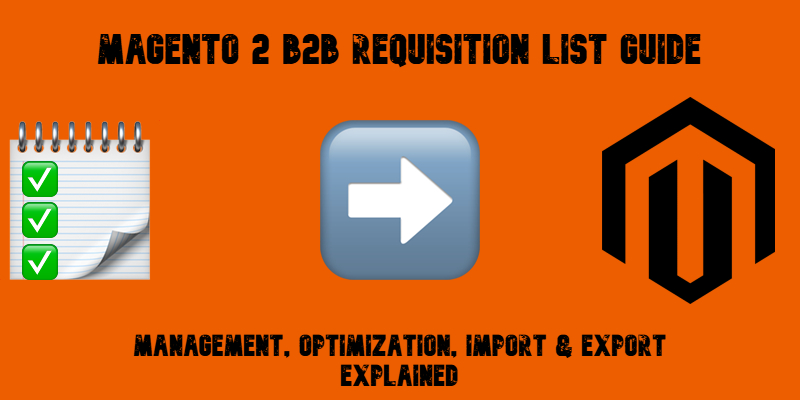Magento 2 Product Reviews Import & Export Guide: Streamline Your Workflow and Boost Store Credibility
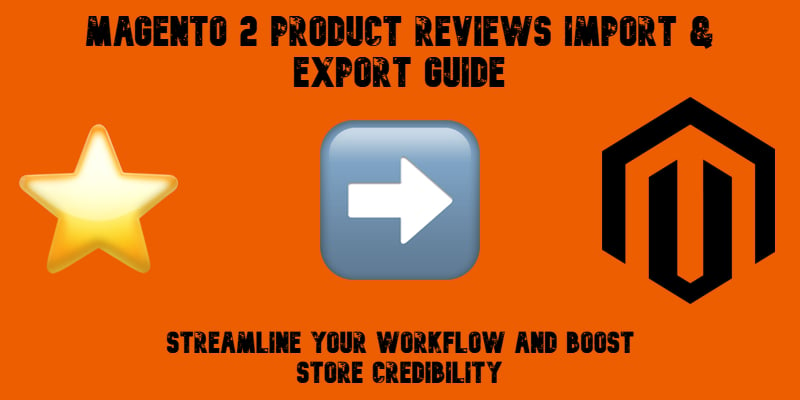
Magento 2 product reviews are more than just comments — they’re a trust signal, an SEO asset, and a conversion booster rolled into one. But while the platform lets customers leave reviews natively, it offers no built-in way to import or export them in bulk. That’s a serious bottleneck for merchants migrating catalogs, syncing staging environments, or preserving valuable user-generated content during store upgrades.
In this guide, we’ll show you how to take full control of product reviews in Magento 2, focusing on how to import and export them efficiently using the Improved Import & Export extension. From formatting CSV files and mapping ratings to automating review imports across store views, everything happens directly in the admin panel without touching the database.
You’ll also find a detailed explanation of the Magento 2 product reviews CSV format, including attribute names, accepted values, and practical examples to avoid common mistakes. We’ll explore how the extension transforms what would otherwise be a manual, error-prone task into a streamlined, scalable workflow.
But before jumping into the technical setup, we’ll first review how to make sure product reviews are properly enabled in your Magento 2 store. That way, your Magento 2 product reviews import export efforts start on a solid foundation.

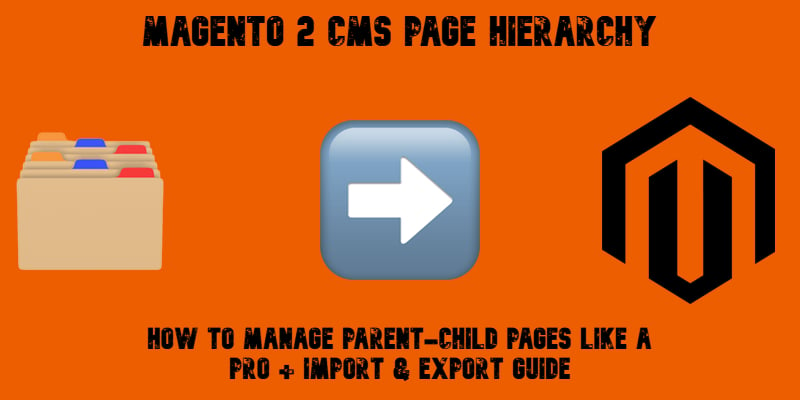
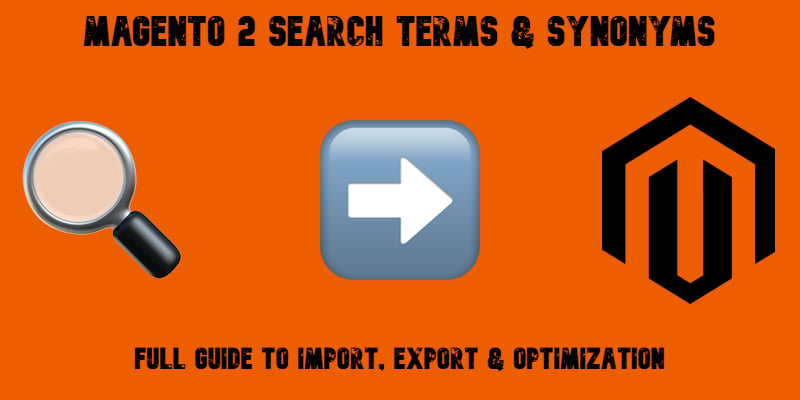
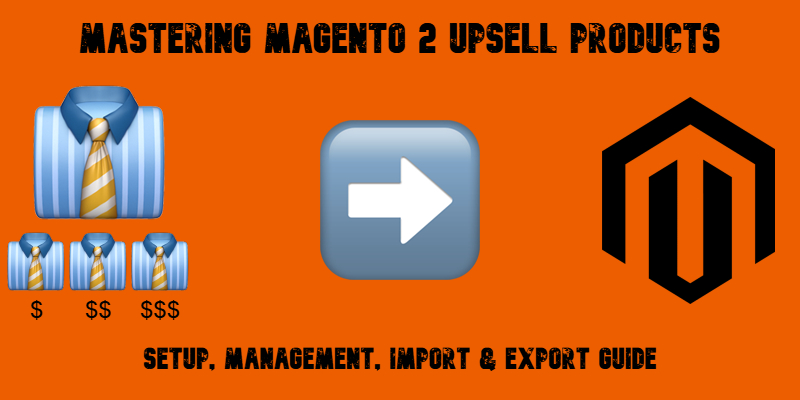
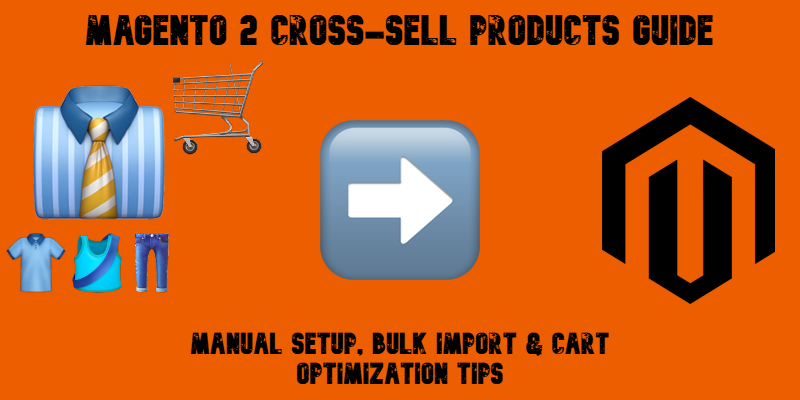

 others.
others.